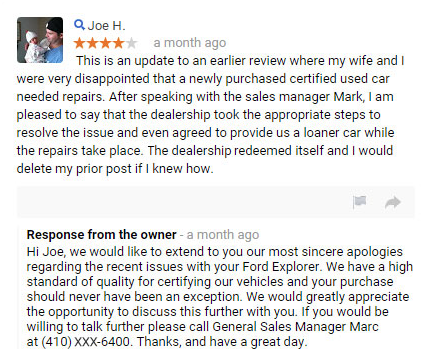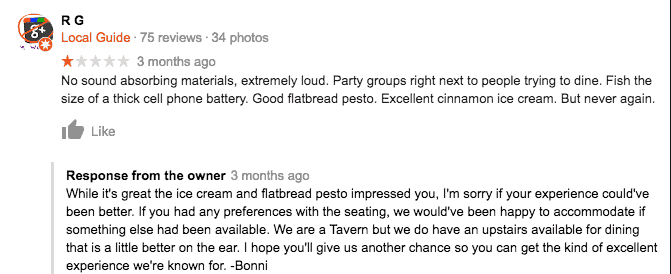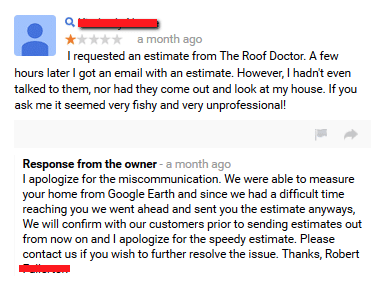How to Deal with Negative Feedback Online

These days, online reviews can make or break your business. Data from Invespro shows that 90% of consumers read online reviews before visiting a business, and 72% say that positive reviews make them trust a business more. But what if the reviews aren’t so positive? Synup’s recent State of Retail report found 82% of shoppers won’t choose a retailer with less than 3 stars. The evidence is clear: reviews matter.
Luckily, there are ways to deal with negative reviews so you can do your best to turn a not-so-great customer opinion or experience into a positive one.
1. Pause before reacting
Ultimately, your business is about you. So criticism can feel very personal. It can be tempting to respond immediately to negative feedback in an attempt to put out the fire fast. But, in reality, feeling heated or emotional can cause you to respond in a way that you might later regret. And readers of negative reviews also take a look at your responses, so be smart.
Instead, take a beat and calmly assess the situation. Read over the review, and determine what caused it — was this a dissatisfied customer, a disgruntled former (or current) employee, a sneaky competitor, or the result of a simple misunderstanding? Once you have more context, you can create a proper plan of action.
2. Look into the issue
Some negative reviews don’t offer much in the way of details or an explanation. These are generally best dealt with by your responding in an apologetic, professional way and offering to connect directly with the person to further discuss and attempt to resolve the issue. (In these cases, it’s also a good idea to add your contact info directly so they don’t have to go through multiple steps to connect with someone who can assist them).
If there’s a detailed description of the issue or negative experience in the review, the first step to take is to investigate what happened. For example, if they mention talking to an employee, reach out to that employee to hear their side of the story. If there was a billing issue, find out what happened and how it can be resolved.
3. Create an action plan
Once you’ve got a clear picture of what incited the negative review, you can work towards rectifying the issue in a swift manner. (As a note, reviews can only be removed on sites like Google My Business if you can prove that they’re spam, fake, off-topic, or have elements like restricted, explicit, offensive, or illegal content.)
If the online review doesn’t violate the platform’s respective policies, your next plan of action is to decide how you want to respond. If you have the feedback writer’s contact info, consider reaching out to them directly and offering to help them resolve the issue. If you don’t, your best bet is to draft up a thoughtful, well-written public response.
4. Craft a response
Current and future customers are paying close attention to your responses.
Stay professional. Your personal ego or feelings shouldn’t be at the center of your thought process. Listen, be apologetic, add additional context around why the issue may have arisen.
5. Be proactive about garnering positive reviews
One way to (ethically) take control of your online feedback is by proactively seeking out positive reviews. You can do this in a few different ways.
You could:
- create an email campaign that goes out to happy customers
- start a free or paid profile on a review site such as G2
- add a pop-up rating request to your website or app
- include the request in customer service talk tracks when it’s appropriate
Before you set your plan in motion, make sure you’re not going against a review platform’s policies or guidelines. Some sites, such as Yelp, don’t allow review solicitation of any kind. Furthermore, offering incentives in exchange for reviews could potentially be illegal.
6. Never ignore negative online feedback.
You want to preserve the business you believe in. People will have opinions and issues. A business that has only glowing reviews can be looked at as suspicious or untrustworthy. Many review sites are working to crack down on brands that incentivize good reviews, since this can skew perceptions.
Other than writing up a professional response, the best thing you can do with bad feedback is reflect on how you can avoid it in the future.


